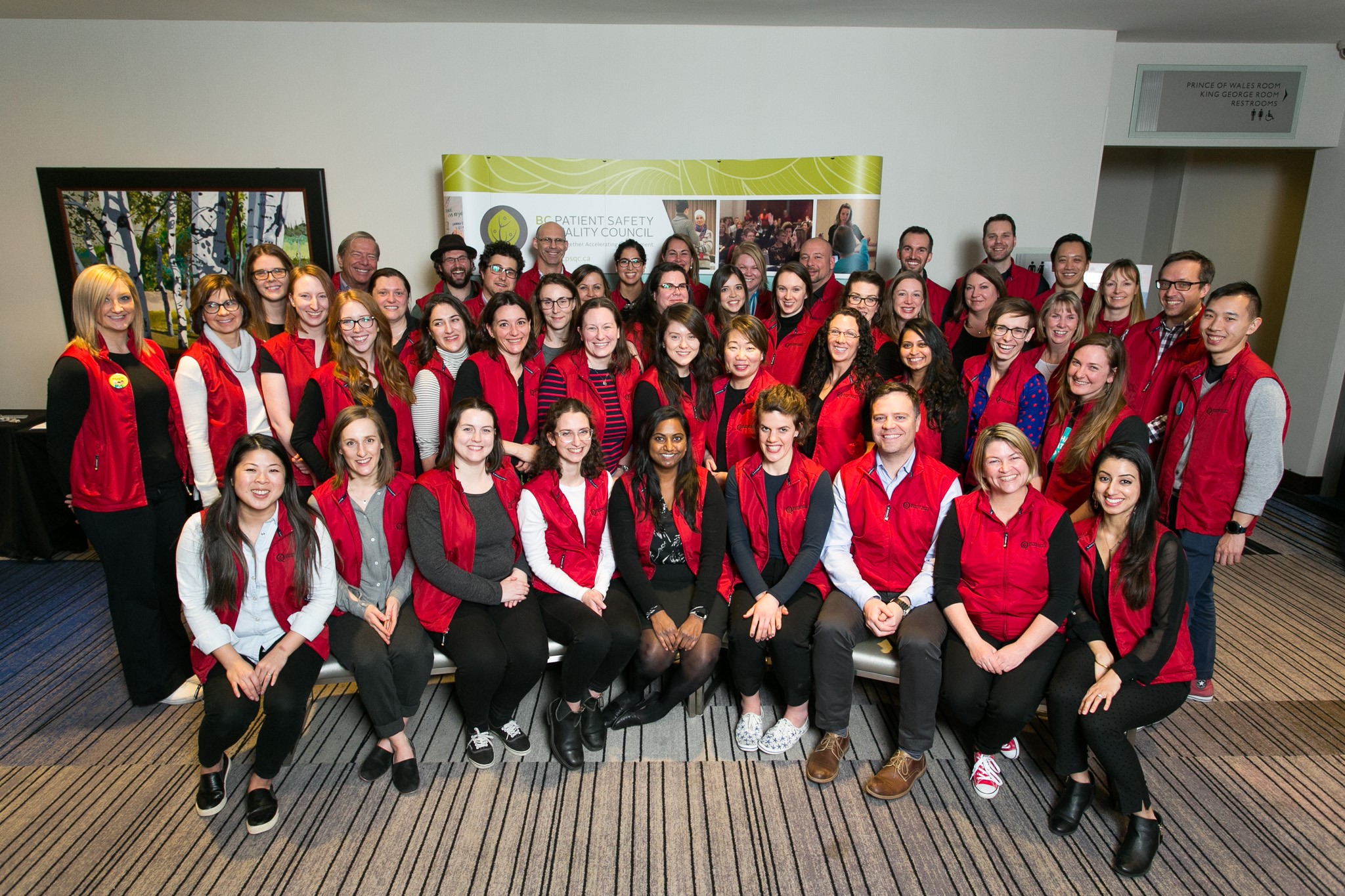Posted • Last updated
Closed
Open to Interior Region, Patient partners in the Penticton area
Last updated
Have you had your partner attend a prenatal ultrasound examination? Interior Health is addressing their policy and would like the patient perspective included.
Open to: Patient partners in the Penticton area
Lead Organization or Department
Interior Health, Diagnostic ImagingAim
To engage patients in revising the policy while considering the impact to staff in the Ultrasound Department.Level of Engagement
This opportunity is at the level of collaborate (at a local community or program level) on the spectrum of engagement (www.iap2.org). The promise to you is that the health care partner will look to you for advice in decision making, developing alternatives, and solutions and include your recommendations into the decision as much as possible.Eligibility
- Comfortable sharing your experience
- No experience with ultrasound or any diagnostic imaging is required
- Patients should have previously attended a PVN orientation session. If you have not attended an orientation but are interested please contact the Engagement Leader directly to see if accommodations may be possible
Logistics
- Vacancies: 1 (one has already been filled)
- Meetings are held once a month, either in Penticton or by teleconference
- Commitment: 7-12 months
Reimbursement
No expenses are covered at this time. The health care partner is exploring if parking costs can be covered.Background
This is in response to many concerns addressed on social media and complaints from patients regarding the companion policy for Interior Health obstetrical ultrasounds.Health Care Partner Contact Information
Carol Stathers
Engagement Leader, Patient and Public Engagement | Okanagan, Interior Region
778.516.3308
cstathers@bcpsqc.ca

